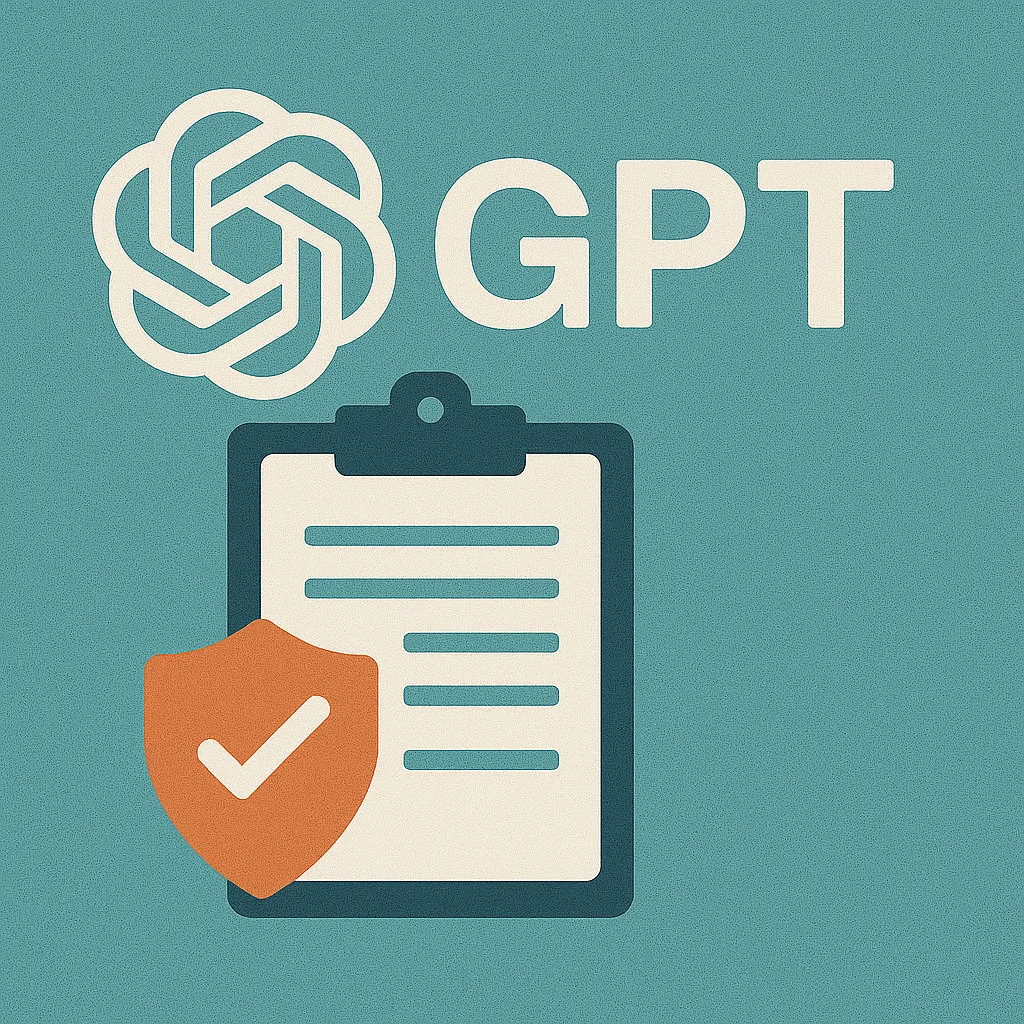As more organizations adopt AI tools like ChatGPT for internal workflows, customer support, development, and automation, it becomes essential to establish a well-defined usage policy. This ensures your employees use the technology effectively, ethically, and within the boundaries of corporate, legal, and regulatory standards.
This guide outlines how to create a comprehensive ChatGPT usage policy tailored to your organization’s needs.
1. Define the Scope and Purpose of AI Use
Start by clearly identifying:
- Which departments or teams will use ChatGPT
- What tasks or workflows are GPT-supported (e.g., code suggestions, report drafting, helpdesk automation)
- Expected business outcomes
Tip: Include a brief mission statement that aligns GPT use with organizational values and goals.
2. Establish Acceptable and Unacceptable Use Cases
Clearly define where and how ChatGPT should and should not be used:
Allowed Examples:
- Summarizing internal documents
- Generating first drafts of emails, FAQs, or scripts
- Automating internal ticket triage
Prohibited Examples:
- Uploading or submitting confidential data (e.g., customer records, IP, passwords)
- Using GPT for final legal, HR, or compliance documentation without review
- Generating malicious code or bypassing security policies
Bonus: Include grey-zone examples and escalation procedures.
3. Data Handling and Privacy Standards
Specify:
- What data can be shared with ChatGPT (e.g., anonymized inputs only)
- If prompts and responses are stored or logged
- Retention and deletion policies for ChatGPT logs
- How to flag and remove sensitive or non-compliant usage
Align this section with your existing Data Classification Policy and applicable laws like GDPR or HIPAA.
4. Access Controls and Authentication
- Define who can access ChatGPT (by role, team, or user level)
- Enforce SSO and MFA for platform access
- Set up RBAC in custom GPT applications
- Require API key rotation and minimal permissions
5. Cost and Usage Quotas
Include:
- Monthly token usage limits per user or team
- Guidelines on prompt length and max output settings
- Tools for cost tracking and alerts
Tip: Enforce budget caps or throttle heavy users.
6. Security and Compliance Measures
- Require encryption in transit (HTTPS) and storage
- Prohibit client-side credential exposure
- Review third-party GPT plugins before approval
- Conduct quarterly audits of logs, API calls, and access rights
7. User Training and Accountability
- Mandatory training on prompt safety, ethical AI use, and limitations
- Policy acknowledgment for all new GPT users
- Regular refreshers and scenario-based examples
Include: How to report GPT misuse or escalate content concerns.
8. Incident Response and Review Process
Create a procedure for:
- Handling GPT-generated errors or misuse
- Internal review of controversial or sensitive outputs
- Updating the policy as GPT capabilities evolve
Maintain transparency about policy changes and improvement cycles.
Final Thoughts
A strong ChatGPT usage policy doesn’t limit innovation—it enables it within guardrails. By defining clear rules, responsibilities, and review procedures, organizations can foster safe and effective AI adoption that aligns with business goals and reduces risk.


